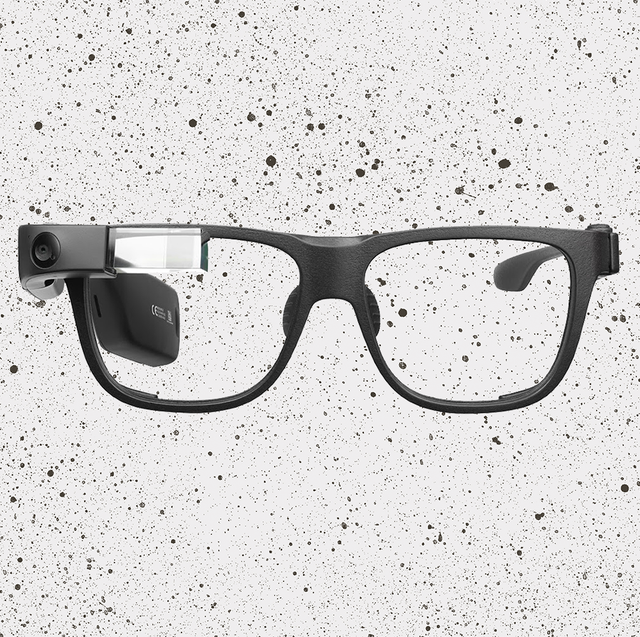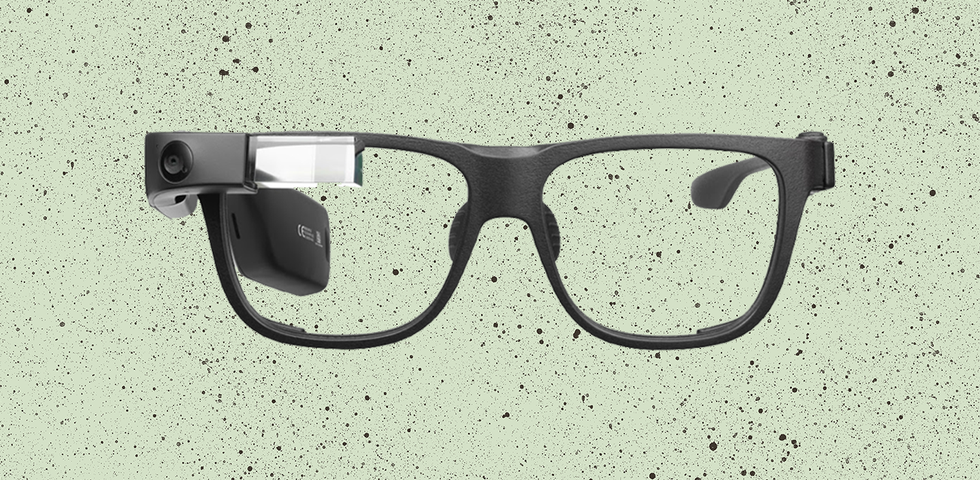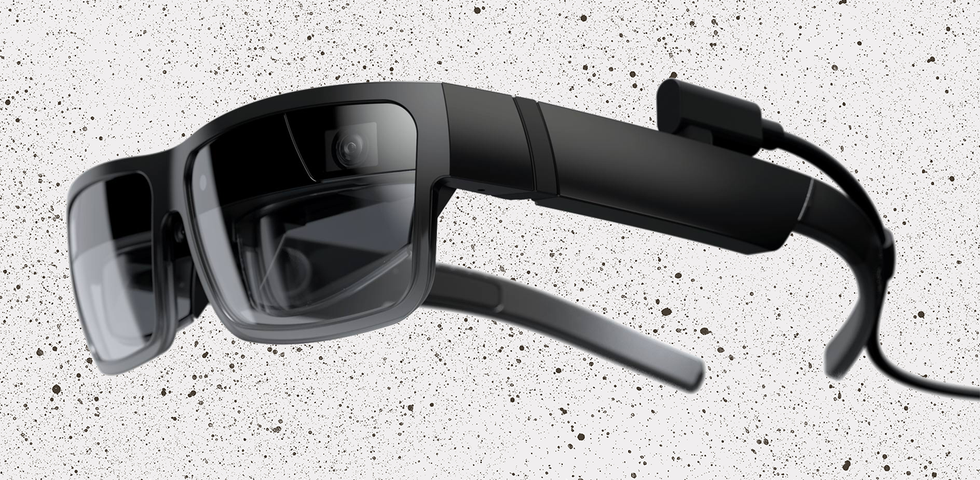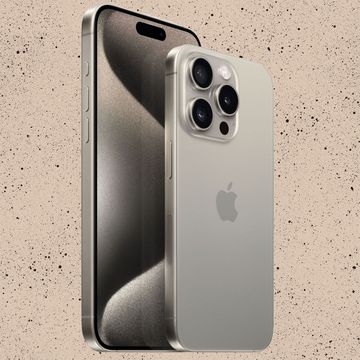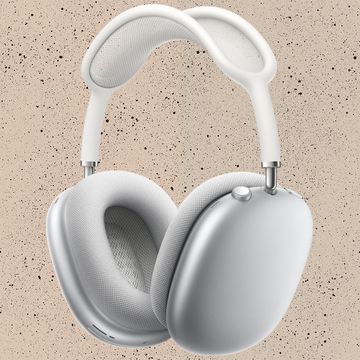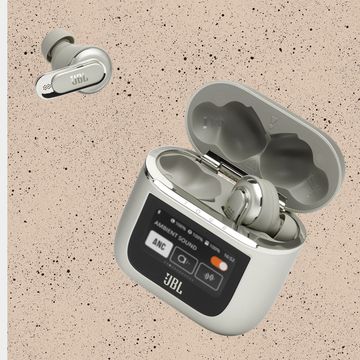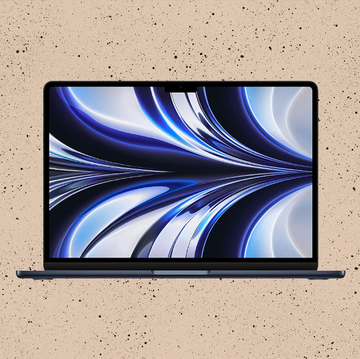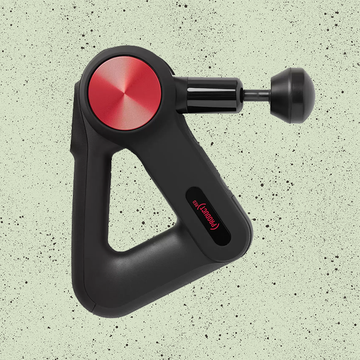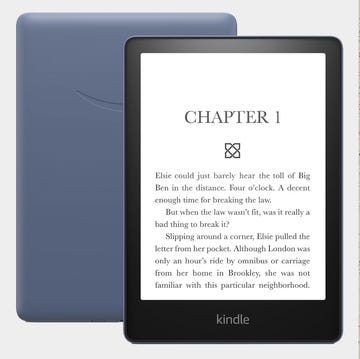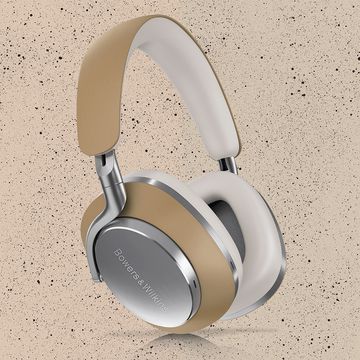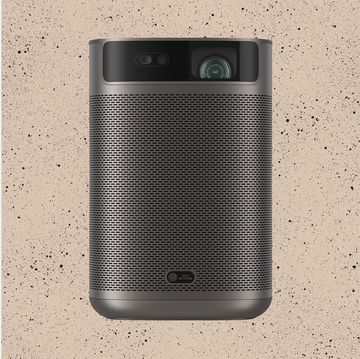Sometime in early 2013, a handful of Americans could be spotted out and about in California wearing a new gizmo that looked like a cross between a pair of plastic prescription glasses and Cyclops’s wraparound visor from the X-Men. It was the prototype of a new Google launch, Project Glass. Released to the public later that year, the $1,500 smart-glasses comprised of a tiny display screen mounted onto a flexible frame that incorporated a camera, a microphone and a computer. Like a Google phone, they could be voice-activated, using an “OK Glass…” command.
Some visionaries predicted that the ability to take photographs, check your email or start recording video, without having to pull out your phone, would be a gamechanger. Others thought people would make a spectacle of themselves. The naysayers won, no contest. Banned everywhere from cinemas to changing rooms, Google Glass became such a joke that even its parent company released its own parody video. The objections were many and obvious. But chief among them was that they made you look ridiculous.
Big Tech, however, was far from done with the idea. Apple, Microsoft, Xiaomi and at least two-dozen other companies are currently said to be developing eyewear with some connectivity/AI capability, with 2022 cited as the year when smart-glasses crossover into the mainstream.
On the one hand, you might wonder why they were quite so derided in the first place. The popularity of other smart devices is flying. Worldwide sales of VR headsets, including Oculus Quest and PlayStation VR, amounted to 6.1m units in 2021. The Apple Watch, underappreciated on its 2015 launch, now outsells the entire Swiss watch industry. Forecasters predict the wearable tech market will be worth $64bn by 2024. Even Google hasn’t really given up on Google Glass — a newer itineration, Glass Enterprise Edition, is marketed at serious-looking professionals requiring access to hands-free instruction on assembly plants, power stations and hospital wards.
On the other hand, has the last decade really made us so comfortable with the idea of smart wearables that we’d now be happy to wear one on our faces, in public?
Back in 2013, one Google Glass reviewer suggested the answer was to “make them look cool… like a pair of Ray-Bans”. In 2021, Facebook teamed up with the sunglasses company to make that happen. The resulting product, the oddly titled “Ray-Ban Stories”, was almost indistinguishable from a pair of Wayfarers, but could take calls, shoot pictures and record video. Facebook’s bigger picture is no doubt related to its “metaverse”, or Meta, the “next evolution of social connection” — with smart-specs one day being the way to put a whole computing universe in front of our eyes, one capable of transporting us into a virtual-reality game or overlaying navigation, while still looking like Tom Cruise in Risky Business.
Elsewhere, the Chinese-American brand Lenovo has announced its ThinkReality A3 glasses, which tether to PCs and Motorola devices. They allow the user to watch several virtual screens at once, while interacting with their peers or co-workers using a microphone. Like a Zoom call you can’t walk away from.
Smart-glasses are also being trialled for virtual shopping and figuring out how furniture would look in our homes. Ikea has partnered with Microsoft’s HoloLens so its customers can plan out a kitchen or redesign their living room, without getting the tape measure out. At £3,000 a pair and weighing 556g, HoloLens’s applications seem destined to be business-only, at least for now.
None of that sounds especially sexy. If smart-glasses are going to be the next big thing, it may be down to one company to make that happen — Apple. Can it repackage existing tech into a piece of kit that proves irresistible, like it did with the iPod from MP3 players and its Apple Watch from fitness devices?
In December, in an article headlined “Apple’s iPhone Successor Comes Into Focus”, The Wall Street Journal said it expected the company’s first AR device would be announced by the end of 2022. In the story, it mocked up a render of the “head-mounted device” — a pair of outsized sci-fi glasses glowing Apple white with its heart-quickening logo visible on the left side-arm. You’d at least give them a try.
Overcoming the cultural challenge of persuading people to wear a computer on their faces is a big hurdle. But then, until recently, millions of people had given up on wearing a watch, using their phone to tell the time instead. It took a phone company to persuade them they
needed both.
Today, the market for VR headsets remains relatively small. But the market for eyeglasses is worth around $140bn a year. History tells us it’s one Apple will have set its sights on.
